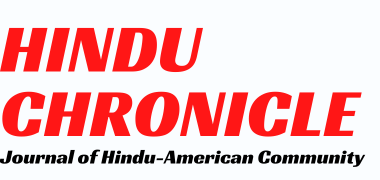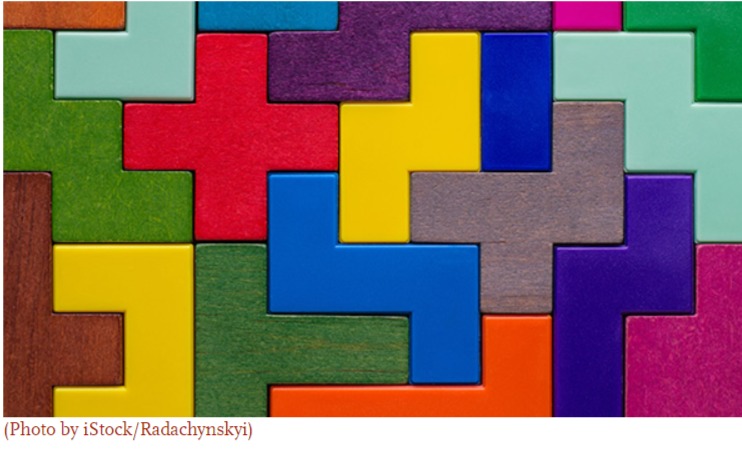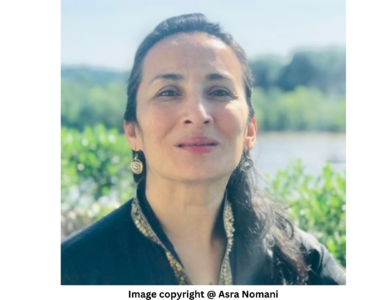By Alex Counts & Bala Venkatachalam
There occasionally comes a time when nonprofit organizations working toward similar ends decide that the costs of working in isolation outweigh its benefits, and that a collective approach can bring about greater change. Recently, 11 US-based organizations working toward humanitarian and development goals in India made that leap: the Akanksha Fund, American India Foundation (AIF), Arogya World, CRY America, Dasra, Ekal USA, Foundation for Excellence, Indiaspora, Magic Bus USA, Pratham USA, and VisionSpring. Together, they formally established a coalition called the India Philanthropy Alliance, which publicly launches tomorrow.
As the part-time staff director and a founding member of this group, we are eager to share how we got to this point and some of the lessons we’ve learned along the way.
We believe the highest calling of a nonprofit organization is to identify effective and efficient solutions to address the root causes of societal problems. Today, there are some formidable obstacles to realizing this ideal. For one, the number of US nonprofits (more than 1.56 million at last count) continues to grow while private donor support shrinks, in part due to the 2017 tax law. Partisan gridlock at many levels of government means that effective policy changes informed by nonprofits’ experiences are difficult to enact, while budget deficits make the allocation of large-scale public support for innovative solutions challenging. Furthermore, potential donors and employees make ever-greater demands of the nonprofits that compete for their attention.
These issues impact many nonprofit organizations. The members of our coalition, who all raise money in the United States for humanitarian and development work in India, face additional challenges. Apart from a few notable exceptions, surveys show that a robust culture of philanthropy has yet to take root among Indian Americans—our natural, though far from only, constituency. This is despite their growing affluence. Indeed, one recent study estimates that Indian Americans give at one-third the rate of the overall US population. This is exacerbated by the growing disconnect we observe between second- and third-generation Indian immigrants and the land of their ancestors. We observe the increasing success of leading universities in capturing seven-, eight-, and even nine-figure commitments from Indian Americans while our own organizations secure very few gifts that large. We hear lingering doubts about the honesty and efficiency of nonprofits in India, despite the success of many of them in professionalizing.
Furthermore, the proliferation of organizations raising money for causes in India and repeatedly asking donors to participate in their many events (especially gala dinners) has led to calls for consolidation and occasional cries of fatigue. There is also a growing perception that India’s needs are disappearing as its overall economy grows. Finally, like many developing countries, India’s philanthropic sector is governed by laws that, while presumably well-intentioned, sometimes stymie effective responses to societal problems from nonprofit organizations.
Two years after nearly a dozen India-focused organizations in the United States began discussing how they could combine forces to achieve humanitarian goals, they have launched the India Philanthropy Alliance and revealed insights into making complex collaborations work.
Read the rest @ https://ssir.org/articles/entry/how_11_humanitarian_organizations_collaborated_to_strengthen_indian_americans_giving_and_impact#






